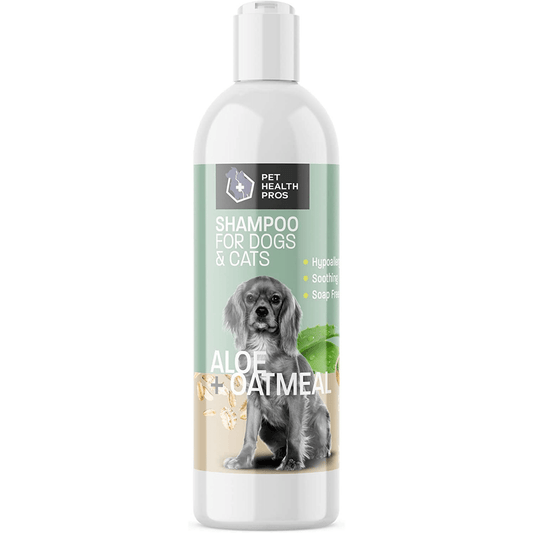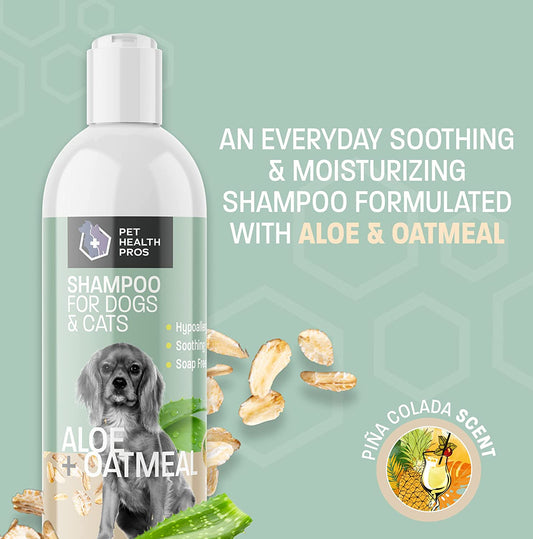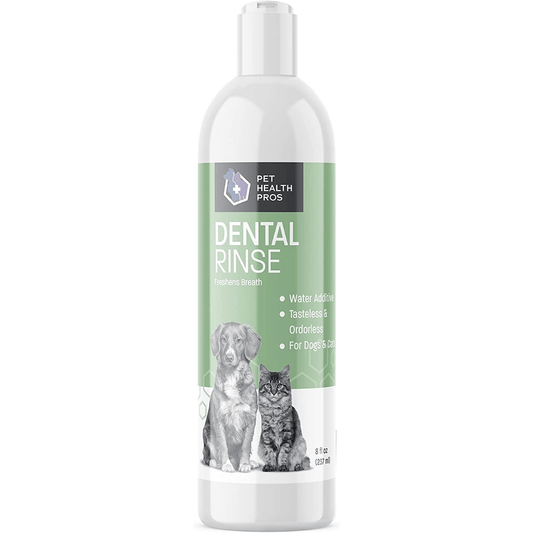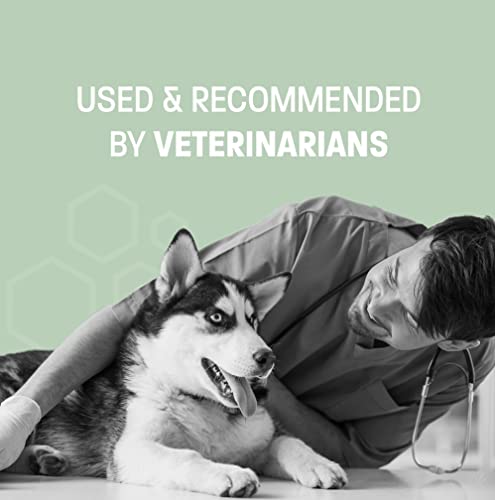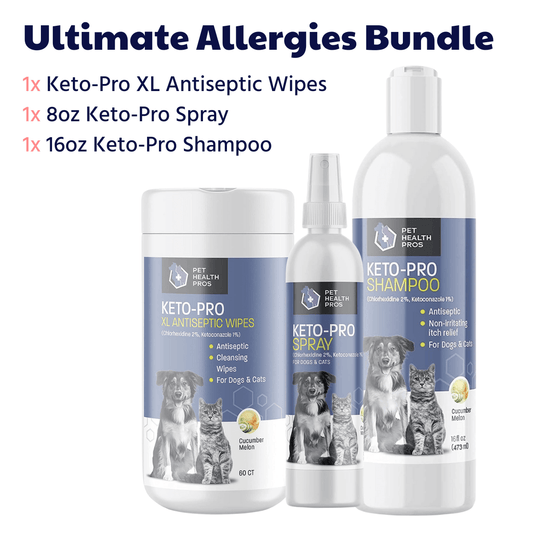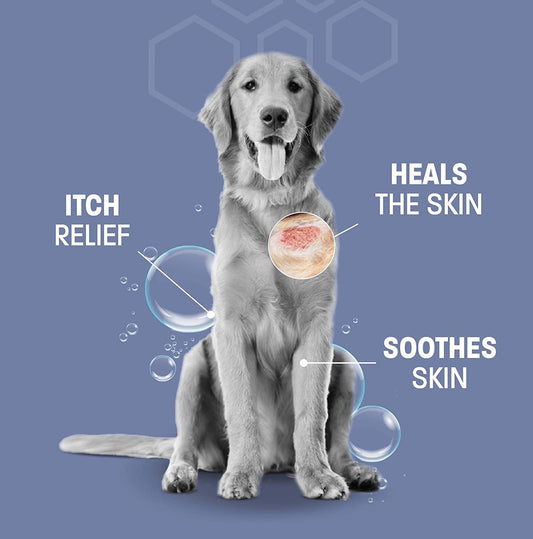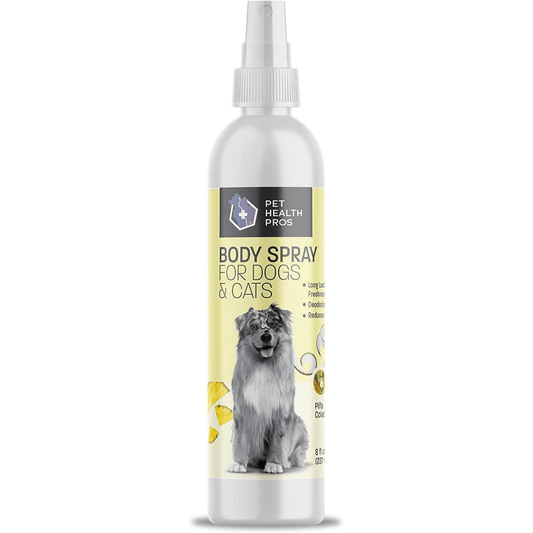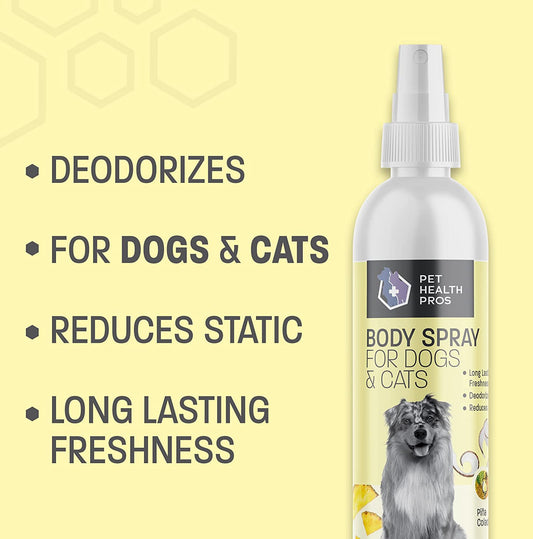From the first sign to complete recovery, Pet Health Pros is here to guide you through each stage with our medicated arsenal.
Paw yeast can be a challenge for dogs living in humid climates. Fungi grows in moist conditions, leading to itchy, uncomfortable symptoms. Knowing the cause and solutions is important for combating this issue.
Even after successful treatment, recurrence can occur. To prevent this, address the underlying causes. Clean and dry paws, avoid water, and use antifungal products. Treating with meds or shampoos for canine use can help. Plus, a balanced diet with proper nutrients strengthens the immune system, making dogs less likely to become infected.
Understanding Paw Yeast Infections in Dogs
Paw yeast infections in dogs can be difficult to manage in wet climates. Yeast grows too much, which affects paws and ears causing discomfort and itchiness. Antifungal treatments are needed to stop these symptoms.
Humidity creates perfect conditions for the yeast to spread rapidly. Dogs with allergies or weak immune systems are more likely to get these infections. Look for signs such as redness, inflammation, and continuous licking or scratching of the area.
Clean and dry your dog's paws often, particularly after outdoor activities in wet areas. Consult a vet if problems stay or become serious. Trim fur between the toes too, to help air circulate and reduce moisture.
Pro Tip: Grooming and caring for your dog's paws stops yeast infections.
The Challenges of Wet Climates for Paw Yeast Infections
Rainy weather brings a unique challenge: paw yeast infections in dogs. Here's the scoop:
- The dampness provides a perfect spot for yeast and fungus to grow.
- Dogs with floppy ears or long hair around their paws are more prone to moisture buildup, raising infection risk.
- Paw yeast infections cause intense itching and discomfort for dogs, leading to possible injury from scratching.
- They can be tricky to identify, as they have similar symptoms to other skin conditions.
Preventive Measures for Combatting Paw Yeast Infections
To stop paw yeast infections in wet climates, be proactive! Here are helpful tips:
- Clean paws after walks or activities. Use a mild antifungal solution to eliminate yeast or fungus.
- Keep paws dry with absorbent powders or wipes. Moisture breeds yeast, so dryness is key.
- Avoid allergens and irritants. Don't walk your dog on wet grass or surfaces with fungi.
- Feed your dog a nourishing diet with essential fatty acids. A healthy immune system prevents yeast.
Still, ask a vet if signs of a paw yeast infection persist.
Plus, yeast infections can affect dogs' ears. Clean ears regularly with vet-approved solutions to ward off infections.
Treating Paw Yeast Infections
Combatting yeast infections in dogs' paws can be difficult, especially in humid climates. To treat it, follow these simple steps and provide relief for your pup!
- Figure out the Problem: Identify redness, swelling, itchiness, or licking/chewing of the paws.
- Clean & Dry: Gently clean the paws with a mild antifungal mix. Fully dry them afterwards.
- Apply Ointment: Use an antifungal ointment designed for dogs' paws. Follow dosage and application instructions.
- Prevent Recurrence: Keep paws clean and dry. Avoid wet/muddy areas. Add supplements to diet to promote skin health.
Consult a vet for a precise diagnosis and tailored plan. Did you know? Dogs with webbed toes are more prone to paw yeast infections due to decreased airflow between toes.
Additional Tips for Managing Paw Yeast Infections in Humid Conditions
Paw yeast infections can be tough to handle in humid weather. Here are some tips for managing them in dogs:
- Clean and dry your pup's paws regularly. After outdoor activities, wipe them with a damp cloth and make sure they're totally dry. This minimizes moisture and helps prevent infections.
- Get antifungal sprays or wipes containing miconazole or chlorhexidine. These will target and eliminate the fungus causing the infection.
- Try natural remedies like apple cider vinegar or coconut oil. Apply them topically to reduce symptoms and help healing.
These tips will help manage paw yeast infections in humid conditions. Remember - prevention and maintenance are key!
Conclusion
Understanding the journey helps navigate the challenge. Lean on Pet Health Pros for an effective and compassionate journey to recovery.
Combatting paw yeast in humid climates can be a challenge for dog owners. Taking preventive measures can help minimize discomfort for their pet. Hygiene practices and antifungal treatments can alleviate this fungal infection. Every pup is unique, so consulting with a vet is recommended.
Prevention is key - inspecting a dog's paws and ears for redness, itching, or discharge is key.
Breeds with floppy ears are more prone to paw yeast infections. The warm and moist environment created by droopy ears becomes an ideal breeding ground for yeast.
Good hygiene habits, preventive measures, and proper treatment when needed can help combat paw yeast in humid climates. This ensures the comfort and well-being of the pup!
Frequently Asked Questions
1. What is paw yeast infection in dogs?
Yeast infection in dogs commonly affects their paws and ears. It is caused by an overgrowth of a type of fungus called yeast, specifically Malassezia. This fungal infection can be itchy, uncomfortable, and difficult to treat in humid climates.
2. How can I tell if my dog has a paw yeast infection?
Look out for signs such as redness, swelling, itching, and a foul odor coming from your dog's paws. Your dog may also excessively lick or chew their paws. If you notice any of these symptoms, it's essential to consult a veterinarian for a proper diagnosis.
3. Can I use over-the-counter antifungal creams to combat paw yeast infection?
Using over-the-counter antifungal creams may provide temporary relief, but they are not always effective at curing the underlying yeast infection. It's best to consult a vet who can prescribe appropriate antifungal medications based on your dog's condition and the severity of the infection.
4. How can I prevent paw yeast infections in humid conditions?
To prevent paw yeast infections, it's important to keep your dog's paws dry and clean. Regularly inspect and clean your dog's paws after walks or playtime outside. Consider using pet-safe wipes, antifungal sprays, or powders recommended by your veterinarian.
5. Are there any natural remedies I can try to combat paw yeast infections?
While natural remedies may provide some relief, they are not a substitute for proper veterinary care. Coconut oil, apple cider vinegar, and certain herbal rinses can be used under veterinary guidance to soothe your dog's paws. However, it's crucial to address the underlying cause with appropriate antifungal treatments.
6. How long does it take to treat a paw yeast infection?
The duration of treatment for a paw yeast infection can vary depending on the severity of the infection and how well your dog responds to the antifungal medications. Mild cases may resolve within a few weeks, while more severe infections may require several months of consistent treatment and maintenance.

